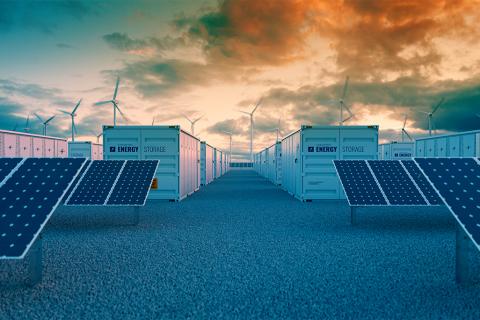UK's Clean Power 2030 Report: Pathways to Net Zero and Grid Connection Reforms
Key Ideas
- NESO's Clean Power 2030 report outlines two pathways to achieve clean power by 2030, emphasizing offshore wind as a significant source, increased electrification, and network investment requirements.
- The report highlights challenges in deploying supply-side technologies and the need for flexibility in demand and supply to manage the energy system effectively.
- NESO also publishes consultations on grid connections reform, proposing criteria to reduce connection queues, prioritize projects, and introduce a Capacity Commitment Fee to prevent speculative projects.
- The UK government will use the NESO report to shape its clean power action plan, aiming to align projects with the net zero transition and enhance energy security.
The National Energy System Operator (NESO) in the United Kingdom has released its Clean Power 2030 (CP30) report, commissioned to analyze how the UK can reach its 2030 clean power goals. The report envisions two main pathways to achieve this, with offshore wind playing a crucial role alongside increased onshore wind and solar capacity. Challenges include the need for more network investment and flexibility in supply and demand. NESO also launched consultations on grid connections reform, introducing new criteria and a financial instrument to streamline project prioritization and reduce speculative projects in the queue. These developments will guide the UK government's clean power action plan and support the country's transition to net zero emissions.
Topics
Utilities
Renewable Energy
Energy Security
Government Policy
Offshore Wind
Grid Infrastructure
Market Development
Energy Regulation
Net Zero Transition
Latest News
